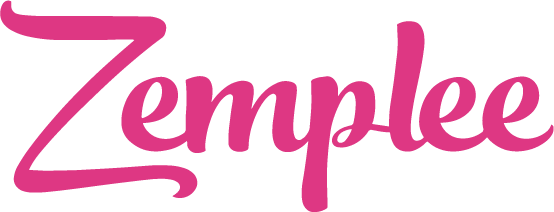The escalating costs of healthcare, coupled with an aging population, pose significant challenges to the healthcare industry. Emergency room visits, often unnecessary, contribute substantially to these expenses. Remote Patient Monitoring (RPM) emerges as a promising solution to mitigate this issue, particularly for seniors.
The Problem with ER Visits
Emergency departments are designed for acute, critical care, not chronic condition management. Yet, a disproportionate number of senior citizens utilize these facilities for non-urgent issues. This overuse strains resources, delays critical care for those truly in need, and increases costs. The reasons for this are multifaceted, including:
- Lack of proactive care: Many seniors with chronic conditions lack consistent monitoring between doctor visits.
- Difficulty managing complex care regimens: Adhering to medication schedules, diet restrictions, and exercise plans can be overwhelming.
- Fear of deterioration: Seniors may be hesitant to seek care until a condition worsens, necessitating an ER visit.
RPM: A Proactive Approach
Remote Patient Monitoring offers a proactive approach to healthcare, addressing these challenges head-on. By continuously monitoring vital signs, medication adherence, and symptom reporting, RPM empowers healthcare providers to identify potential issues before they escalate into crises. This proactive care model leads to:
- Early intervention: Abnormal readings or reported symptoms can trigger timely interventions, preventing complications.
- Improved medication adherence: RPM systems can remind patients to take medications, enhancing treatment efficacy.
- Enhanced patient engagement: Regular monitoring fosters a sense of security and empowers patients to actively participate in their care.
- Reduced hospitalizations: By preventing crises, RPM significantly reduces the likelihood of hospital admissions.
The Bottom Line
Investing in RPM technology is a strategic move for healthcare organizations. By reducing ER visits, improving patient outcomes, and enhancing care efficiency, RPM offers a compelling return on investment. Additionally, as healthcare shifts towards value-based care, RPM aligns perfectly with the goal of providing high-quality, cost-effective care.
Resources:
By embracing RPM, healthcare organizations can not only improve the lives of seniors but also contribute to a more sustainable and efficient healthcare system.

